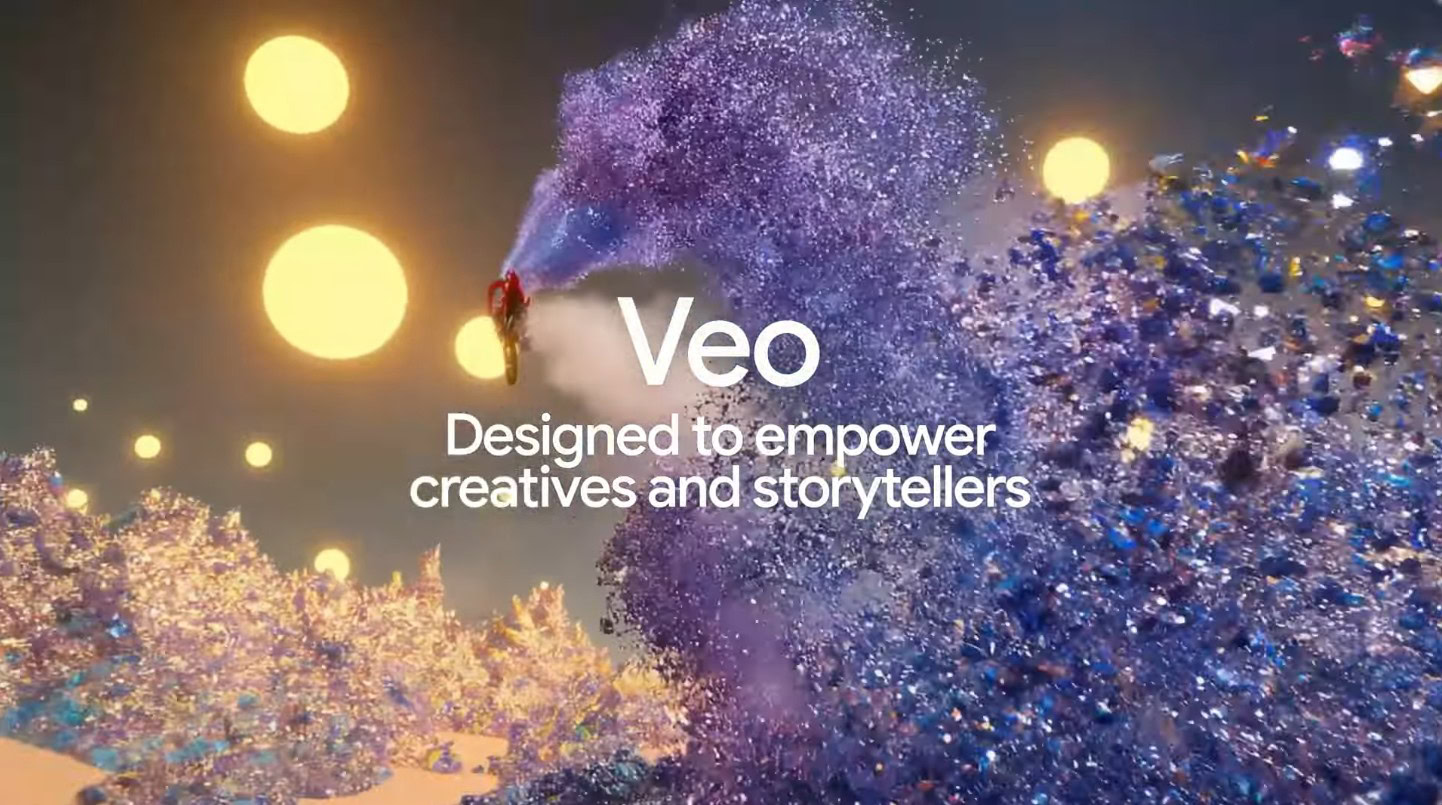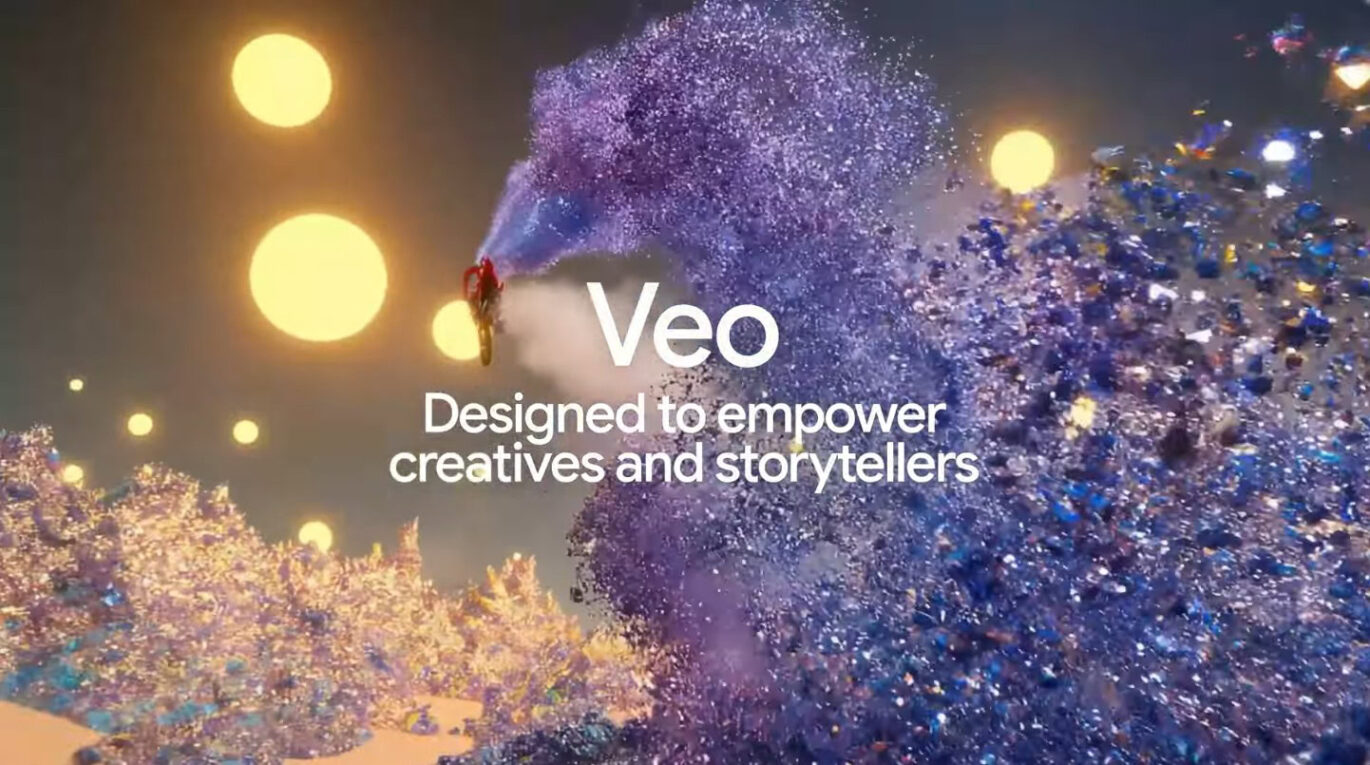Google DeepMind has introduced Veo 3.1, the latest update to its video generation model. As the name suggests, this is an improved version of Veo 3. Available through platforms like Flow, the Gemini App, and the Gemini API, this new iteration focuses on providing creators with more sophisticated tools for blending images and enhancing visual realism in AI-generated media. Google also released a smaller, less powerful version named Veo 3.1 Fast. The latter offers quicker generation times when full fidelity is not strictly necessary.
Veo 3.1 upgrade makes Google’s AI video tool smarter, more controllable
The core capability of Veo 3.1 is its ability to fuse multiple, separate images into a single, unified video clip. This feature, termed “Ingredients to Video” within the Flow editing tool, streamlines the early stages of production. A user can input several distinct reference images—specifying a character, an object, or an artistic style—and the model synthesizes a continuous scene incorporating all those visual elements. A key enhancement in this version is the generation of rich, synchronized audio for the clips. This adds a crucial layer of depth and professionalism previously missing.
The model also addresses the need for better narrative flow in generated clips. The “Frames to Video” feature simplifies the creation of smooth, cinematic transitions. Users supply only the starting image and the final image of a sequence, and Veo 3.1 automatically generates the continuous video footage that seamlessly connects the two endpoints. This function is particularly useful for establishing shots or artful transitions between scenes. While two contrasting images may yield unpredictable, surreal results, providing aesthetically similar frames leads to highly coherent output.
Additionally, creators can now build longer sequences. The improved “Extend” capability allows users to lengthen an existing clip by having the model base the continuation on the final second of the preceding footage. This helps maintain visual coherence and continuity when creating sequences that may last a minute or more. Overall, it should significantly reduce the historical limitations on video length in AI tools.
Expanded creation toolkit
Google has also expanded the toolkit for direct scene manipulation. The “Insert” feature allows creators to introduce new elements into an existing clip. The AI handles the complex integration work, automatically adjusting shadows, lighting, and textures to ensure the addition looks visually natural within the scene.
Additionally, Google will release a feature soon that will allow users to remove unwanted objects or characters from a clip. The AI will reconstruct the background to ensure a clean edit. These precise editing capabilities offer a level of granular control that creators will appreciate.
Veo 3.1 is now available, offering enhanced realism and stronger adherence to user prompts. It also promises a more refined understanding of cinematic styles. The model’s introduction provides a more precise and capable set of options for those utilizing AI in their video creation workflows.
The post Google’s New Veo 3.1 AI Video Model Can Blend Images into Clips appeared first on Android Headlines.

Source: ndroidheadlines.com
